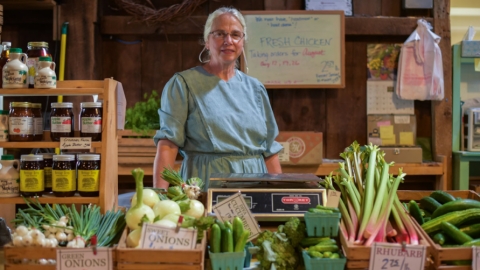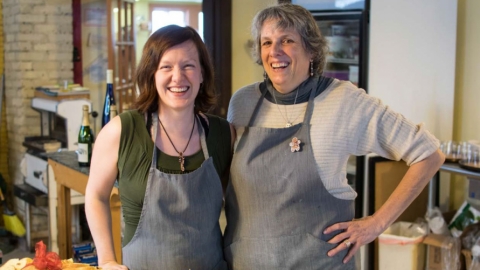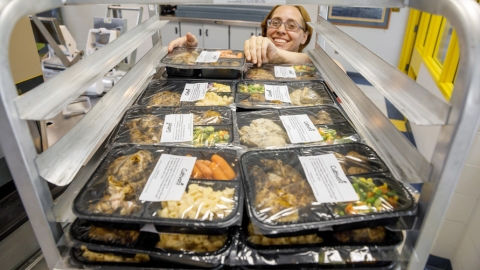Leaner, Greener, More Profitable and Productive: Doing more with less on America’s small farms
What do Toyota, the Amish and the future of agriculture have in common? You might be surprised.
Between barn weddings, farm dinners, artisanal cheeses and heirloom produce, American farm life can seem downright romantic—at least for those of us who aren’t actually farmers.
For those trying to make a living from farming, the reality is often far from idyllic: Agriculture in the U.S. is increasingly controlled by large corporations, which practice industrial farming characterized by decidedly unromantic things like animal confinement and mono-cropping.
Despite the popularity of farmers markets and our collective love affair with the idea of farm life, small and mid-size producers—the ones who grow your heirloom beans—“face gigantic hurdles to be successful,” says farmer Ben Hartman.
Hartman, owner with his wife, Rachel Hershberger, of Clay Bottom Farm in Goshen, Indiana, and author of the new best-selling book The Lean Farm: How to Minimize Waste, Increase Efficiency, and Maximize Value and Profits with Less Work, knows only too well the challenges faced by small farmers. Having grown up on a 450-acre corn and soybean farm, Hartman knew he wanted to farm in a different, more sustainable way, but it wasn’t easy.
Even after finding and affording good land (an obstacle that stymies many would-be farmers), the couple struggled to make a living. Labor on their five-acre homestead was “backbreaking” and left little time for friends or hobbies, let alone vacations. Finding themselves yet again harvesting crops by flashlight because there simply wasn’t enough time in the day to get things done, Hartman knew they had to find a better way.
Simplify, Simplify
He turned to an unexpected place for advice: A local trailer manufacturing plant, Aluminum Trailer Company (ATC), run by Steve Brenneman in Nappanee, Indiana. Hartman knew Brenneman as one of Clay Bottom’s community-supported agriculture (CSA) subscribers and the husband of Edible Michiana founder and publisher Victoria Brenneman. And he knew Brenneman was doing something unusual in American manufacturing: restructuring his plant around a Japanese auto industry model known as “Lean.”
Hartman asked to take a tour of the facility.
The Lean model, developed by Toyota production system founder Taiichi Ohno, has two primary goals: eliminating waste, which can take the form of wasted time, materials or energy, and increasing value, by better identifying and prioritizing customers’ wants and needs.
At ATC, Brenneman initially made use of Lean strategies, like providing workers with more direct access to tools and supplies, as a way of improving factory floor efficiency, but a crisis—the loss of one of his businesses in the 2008 recession—forced him to re-evaluate his practices. Lean, Brenneman realized, was more than a toolkit to patch up problem areas in the factory; reducing waste and increasing value at ATC meant fully embracing the Lean philosophy: doing more and doing it better with less, from top to bottom.
Brenneman describes that overhaul as something akin to a continuous application of the scientific method to his business practices: With Lean, he explains, “you have a hypothesis, you put it out there, you test it and you check the results. You take what you learned and apply it.” Lean, Brenneman stresses, is less an end point than a process, less a business strategy than a company-wide culture shift. Thanks to Lean, ATC has seen increased productivity and profits since 2010, resulting in a 50% increase in worker pay.
Old-Fashioned Ideas
What he observed at ATC resonated with Hartman. Many of his fellow small farmers in the Midwest, including his Amish and Mennonite neighbors, he realized, were already intuitively practicing something like Lean. In Hartman’s perspective, the goals and strategies of Lean, are, in fact, old-fashioned ideas, rooted in the practical sensibilities of small producers: keeping only what you need, reducing waste and putting waste to better use.
As one such farmer, Steve Lecklider, of Lehman’s Orchard in Niles, Michigan, explains in The Lean Farm, “You can say this or that is a Japanese theory, but for farmers like us, we live this stuff every day. We’re the ones who have to deal with the overproduction and all the waste. We learn this stuff by doing it.”
Still, Hartman realized that despite his and other small farmers’ intuitive Lean orientation, no one he knew was applying Lean’s insights in the systematic, scientific fashion that Brenneman employed at ATC.
Hartman decided to make Clay Bottom Farm a Lean test case for small-scale farming. Could he and Hershberger farm better—make their work easier, more meaningful and, at the same time, create more value and less waste—using Lean?
Leaning the Farm
Following Brenneman’s lead, Hartman and Hershberger began with simple strategies like storing tools where they are actually used instead of in a central storage area. But before long the couple found themselves reevaluating almost every aspect of life at Clay Bottom with the goal of maximizing their use of “right size” technology—from the weight of their hoes (a lighter, more ergonomic tool makes for lighter work) to the structure of their harvest, packing and cleanup routines.
At the Goshen Farmers Market, one of their primary sales venues, they “Leaned” their display, grouping vegetables into blocks of color and building tall abundant stacks to attract customers’ attention. Instead of selling items by weight, they packaged produce into baskets or bunches with fixed prices in even dollar amounts, streamlining sales and allowing one worker, instead of two, to efficiently manage the stall.
When planning crops, Clay Bottom focused more attentively on what customers actually wanted to buy. They sought out customer feedback and aimed to be more flexible and responsive to consumer demands.
The farm’s Lean experiment paid off. Today, Clay Bottom is more profitable and less wasteful, allowing Hartman and Hershberger’s family to live comfortably doing work they enjoy that is valued by their community. The family works 40 hours or less on the farm most weeks. And, thanks to Lean, they’ve taken some much-needed vacations: In October of this year, during their CSA season, they took a weeklong vacation while workers on the farm harvested, packed CSA boxes and sold produce at the farmers market—something that would have been unimaginable a few years back.
Thinking Small
Lean, Hartman believes, shatters the myth that small, local farms have to be small volume producers, or that large industrial farms are more productive than artisanal farms like Clay Bottom.
“Take,” he says, “the farmer across the road who has several hundred acres of corn and soy that he’ll be able to harvest in only few hours. At Clay Bottom, we harvest multiple times throughout the year. In an economy of scale, he seems more efficient, but for most of the year, his land sits idle. For most of the year, our land is fully utilized growing crops our community wants to eat. For most of the year his equipment sits unused. We’re using ours almost daily, all year.”
Big Ag, Hartman argues, is not only resource intensive but is predicated on overproduction. Rather than producing the crops that local communities want and need, large-scale industrial agriculture relies on government subsidies, wastes massive amounts of food (Hartman notes that according to the National Resources Defense Council, approximately 20% of produce is never even harvested) and pushes corn and soy in the name of profit, ignoring health and environmental consequences. Value, in this system, is reduced to dollars rather than defined holistically—taking into account the quality of life of the farmers, their communities and their ecosystems.
Today, Hartman estimates that Clay Bottom produces food for 200 people on less than one acre of active cultivation. The farm produces more food on less than ⅓ the acreage they previously farmed. Lean, Hartman believes, offers a way to put people and their actual needs at the center of food production by combining the “volume of mass production with the focus and flexibility of craft production.”
To be profitable and productive, Hartman’s experiment proves, “you don’t have to get bigger and bigger. Lean says you can be very profitable on a small farm.”


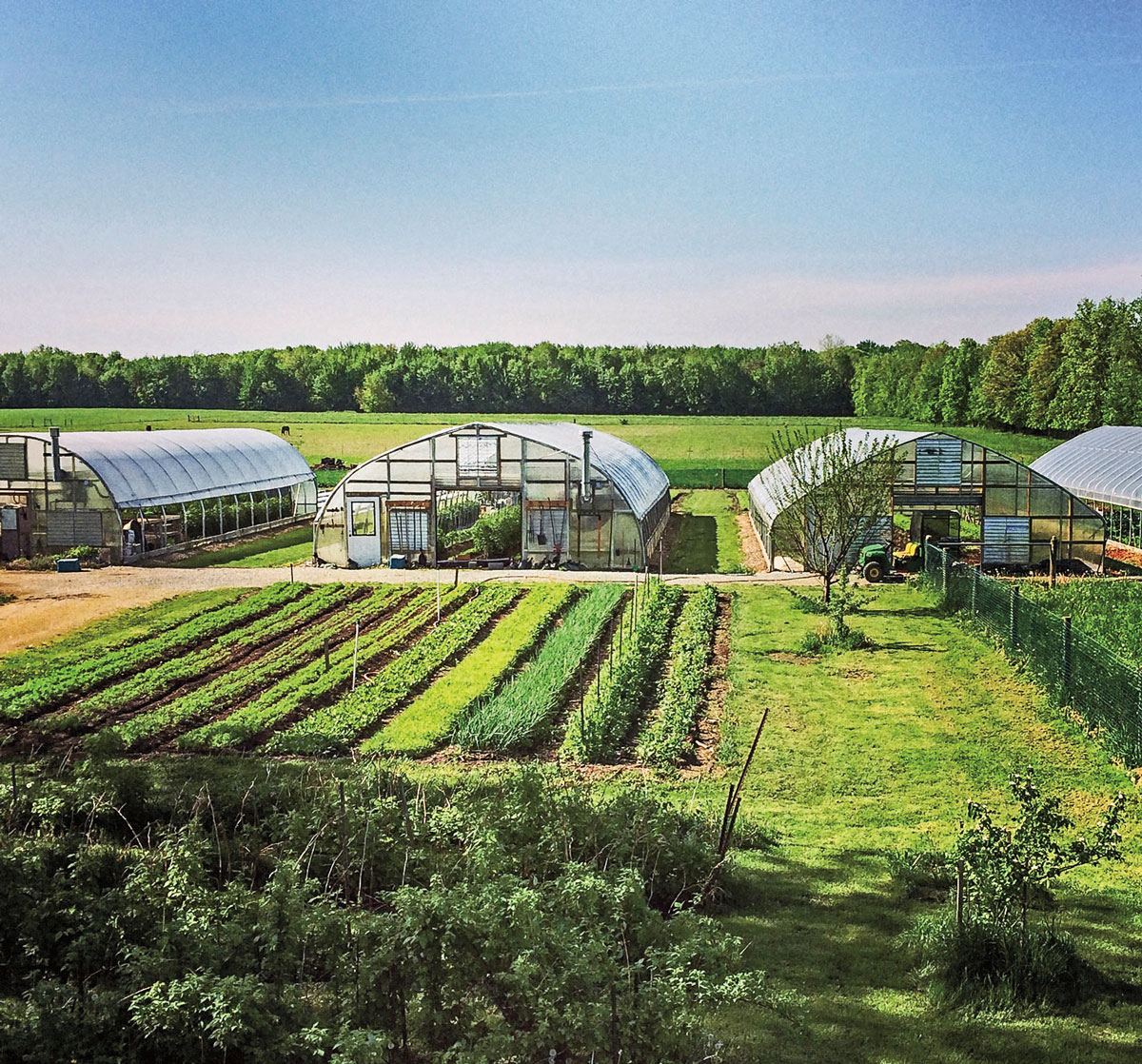
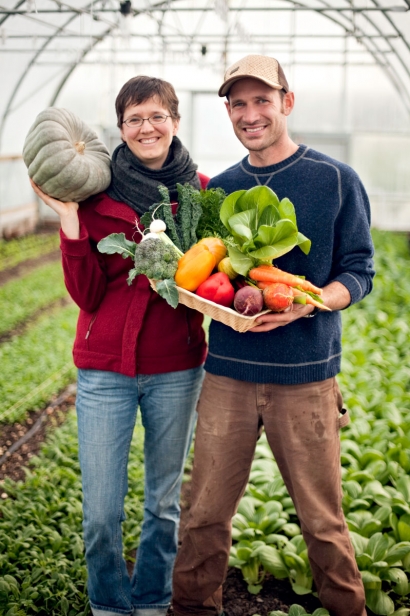
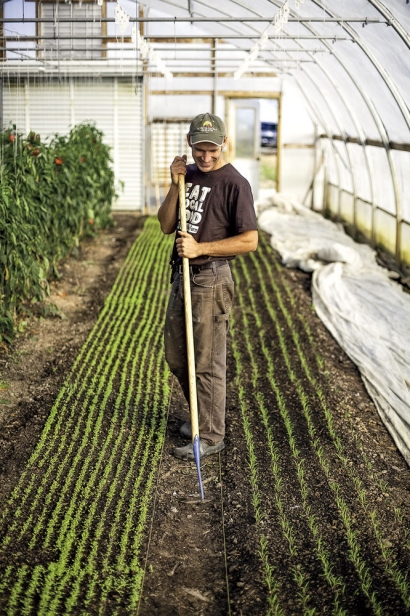
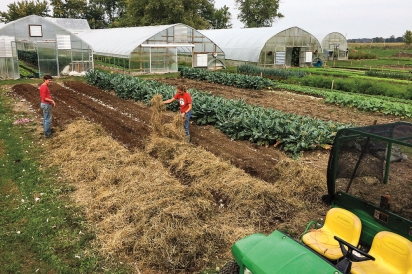
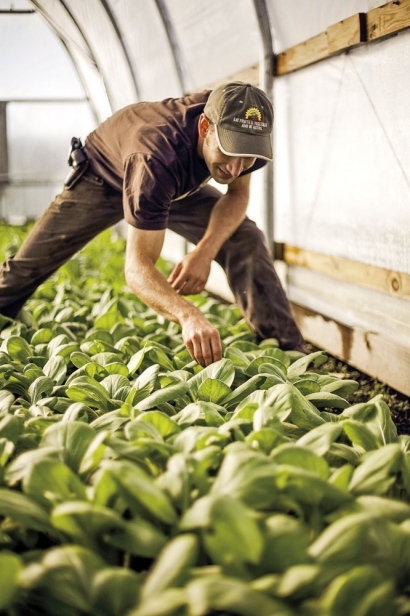
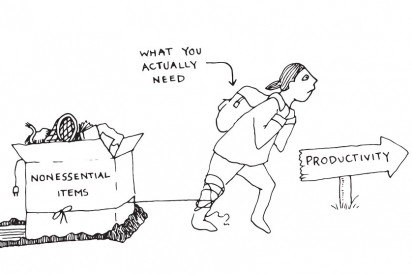
 The Lean Farm: How to Minimize Waste, Increase Efficiency, and Maximize Value and Profits with Less Work
The Lean Farm: How to Minimize Waste, Increase Efficiency, and Maximize Value and Profits with Less Work 




